This month's SpaceX's 'rideshare' rocket may help change the internet forever
SSO-A SmallSat Express took a fleet of tiny nano-sats into orbit, with Elon Musk planning a 'space internet'
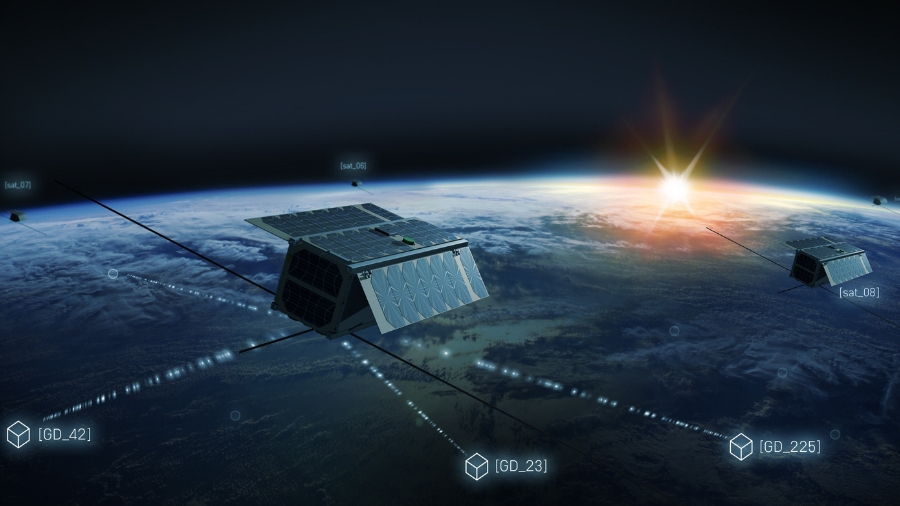
Picture credit: Astrocast
Early December saw the launch of the 19th rocket of 2018 from Elon Musk's SpaceX from Vandenberg Air Force Base, California, but this one was a bit different. What got most of the attention was that it was the first launch from SpaceX to re-use a first-stage rocket booster for a third time.
Already famous for its reusable rockets, SpaceX successfully landed it on a drone-ship stationed in the Pacific Ocean. However, it was what was carried into low Earth orbit that was the real ground-breaker – no less than 64 separate satellites. It was the largest single ride-share mission from a US-based rocket to date.
So what were they? The mission was called Spaceflight SSO-A: SmallSat Express, and on board was a weird art installation from the Nevada Museum of Art called Orbital Reflector, a 30-meter-long polypropylene balloon by artist Trevor Paglen that's now orbiting Earth (and which can soon be seen from Earth using the Star Walk app). However, it was what else was on board – and what comes next – that could trigger a 'space internet'.

When did SpaceX launch?
The payload on SpaceX's Falcon 9 rocket was organised by Spaceflight Industries, which put together a massive ride-share – 15 MicroSats and 49 CubeSats – from 34 different governments, companies, universities, startups, and even a middle school, from 18 countries. Among them were several satellites that are trying to solve a big problem in tech. About 30 billion Internet of Things (IoT) devices are expected to be deployed by 2020, including connected vehicles, precision agriculture, container tracking, and many more.
All of that needs an always-on low-bandwidth connection, but as yet there is no global network. Mobile phone networks? Not even close. They cover about 10% of the Earth. So why not power the Internet of Things … from space? That's the plan, and that’s what Hiber, Audacy, Astrocast, and Swarm Technologies just launched into orbit. Meanwhile, SpaceX itself also has big big plans for the internet …
What is Hiber?
Why not use a network of dozens of orbiting nano-satellites to allow people in remote, unconnected areas to use the cloud? We're not talking high-bandwidth video streams here, but 'HiberBand' – small data packets.
Sign up for breaking news, reviews, opinion, top tech deals, and more.
Due to be operational in the first few months of 2019 after the launches of its shoebox-sized HiberOne and HiberOne satellites, Netherlands-based Hiber's early sign-ups include the British Antarctic Survey, climate-monitoring stations in schools in off-grid areas of Peru, Tanzania and Sri Lanka, and a company measuring global groundwater levels. It's expected to be 20 times cheaper than using sat-phone networks.
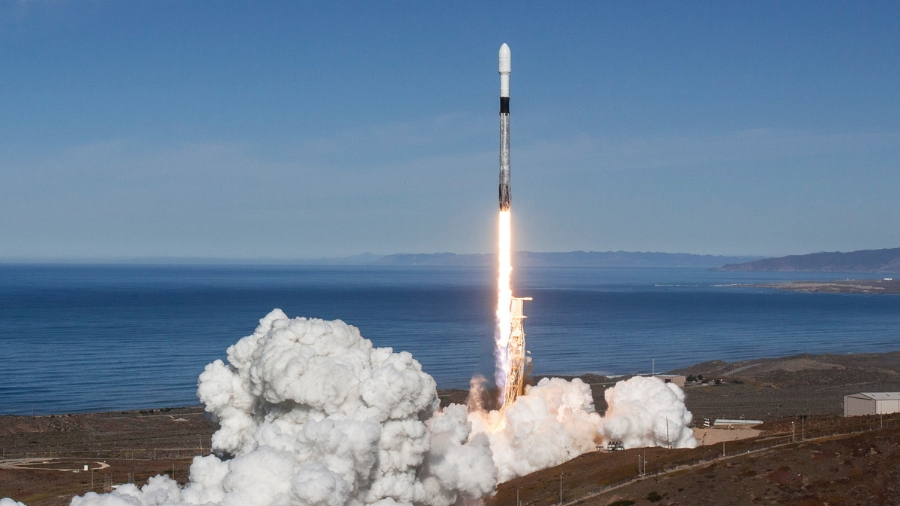
What is Astrocast?
The first test satellite of Astrocast's IoT network also went up with the Falcon 9 last week. In partnership with the European Space Agency and Airbus, its nanosatellite network will eventually consist of 64 CubeSats in low Earth orbit that will together provide low-latency global coverage.
Much like Hiber's network, it's aimed at bringing two-way communications to the 90% of the planet that lacks a signal, but specifically for battery-powered sensors on things like oil rigs, pipelines, buoys, cargo, and anything else in the maritime/oil and gas/mining/agriculture sectors that needs to intermittently connect to the internet. It's also being mooted as a back-up for smart cities during natural disasters.
"We’re making the satellite market accessible for millions of new applications,” said Fabien Jordan, CEO of Astrocast.
What is Swarm?
Part of the reason that Internet access from satellites is expensive is that it costs millions of dollars to launch a satellite. That's specifically not the case for a nanosat as small as Swarm's SpaceBEEs, which can share a rocket with dozens and dozens of others. Swarm eventually wants to provide remote areas of the world cheap internet access from a constellation of 100 SpaceBEEs, the world’s smallest two-way communication satellites.
"Existing communications satellites haven’t changed significantly in price, size, or functionality for decades," wrote Sara Spangelo, CEO and co-founder at Swarm Technologies in a blog post. "Swarm was born out of our obsession with a long-standing problem: connectivity is prohibitively expensive and not universally accessible. It’s a problem that affects rural areas and developing countries most, further widening gaps in economic opportunity."
One of its first projects is with SweetSense, a global development tech company monitoring the function of water pumps in East Africa.
"Until now there has been no affordable connectivity solution that exists on a global scale," says Spangelo. Swarm now has five satellites in orbit, having launched the fifth on the Falcon 9.
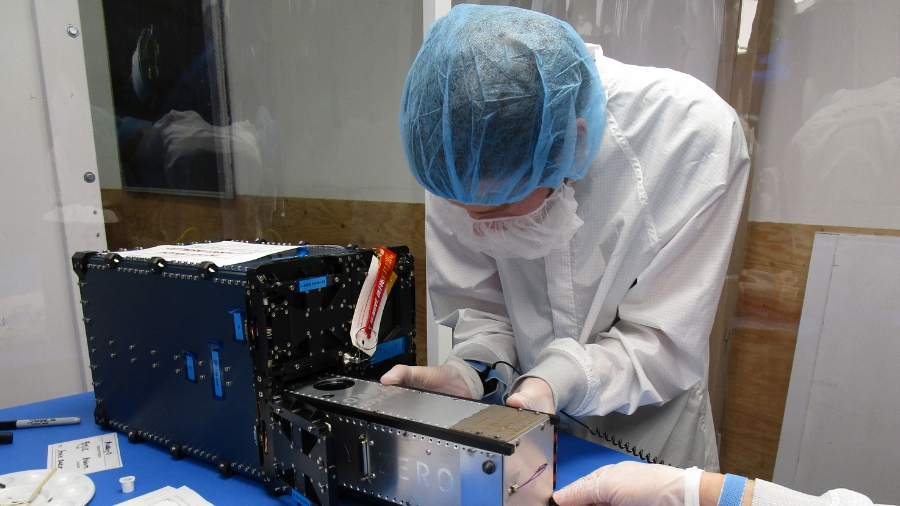
What is Audacy?
Also on the SpaceX rocket was Audacy Zero, a demonstration satellite for Audacy’s plan to build the world’s first commercial inter-satellite data relay network in 2020. It's a space internet for spacecraft, with the ambition of creating always-on connectivity from Earth's surface to low-Earth orbit, and even to the Moon.
However, Audacy also gave a helping hand to… space lasers. As a secondary payload, Audacy Zero carried Stanford Student Space Initiative’s Polar Orbiting Infrared Tracking Receiver (POINTR). This optical receiver will test laser communications in space by finding and tracking a laser transmitted on the ground by NASA. That’s something NASA has already been testing the other way, with lasers fired to Earth from the International Space Station (ISS).
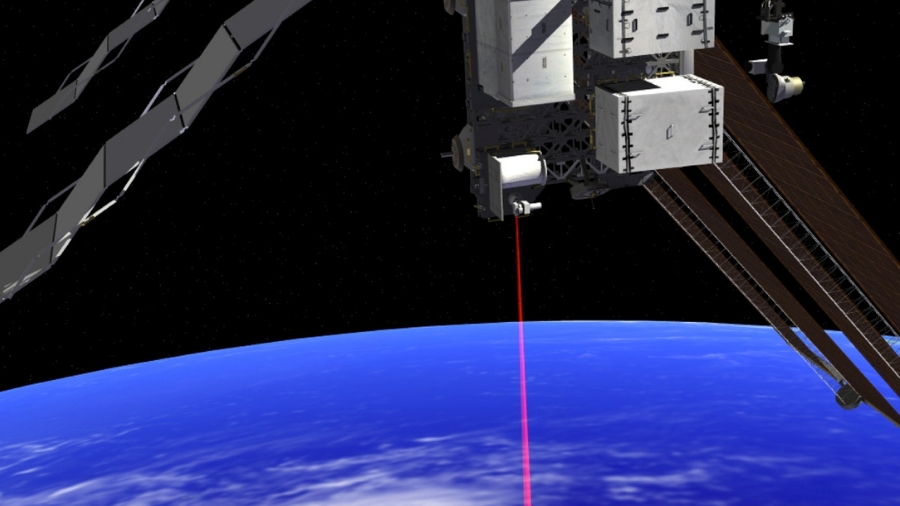
What is StarLink?
While for now it's happy to take its customers' hardware into space to create an Internet of Things from low Earth orbit, SpaceX co-founder and CEO Elon Musk has much grander plans for the regular internet. Based on the premise that there remain many places in the world that don’t have super-fast internet access, that internet from geostationary satellites is way too slow, SpaceX is planning to launch a constellation of over 4,000 micro-satellites that orbit much closer to Earth, and link together.
Two experimental satellites for the so-called Starlink network are already up there, though between 2019 and 2024 SpaceX plan to launch thousands of small satellites to create a global high-speed broadband service. It's set to go into competition with OneWeb, a planned 700 satellites-strong network invested in by the Virgin Group, Qualcomm, and Airbus, among others. So why does Elon Musk want to become a global communications provider? To make lots of money to spend on a mission to Mars, of course.
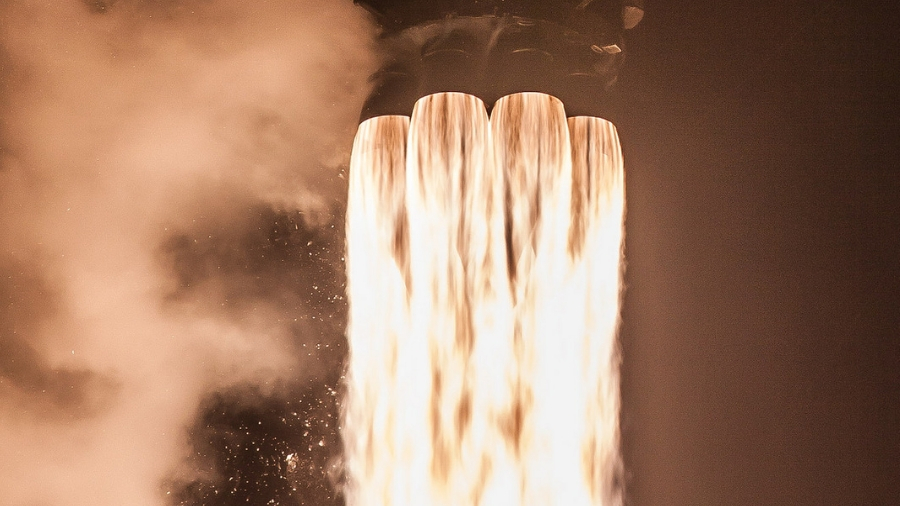
Think there's already too much space junk so our planet? Think again – mobile networks and low-power wide-area (LPWA) networks (the latter for the IoT) have proved themselves incapable of connecting 90% of the world. We need another solution. The satellites that currently sit in geostationary orbit far from Earth are as big as two-storey houses. What SpaceX just took up was the equivalent of one satellite, but split into dozens of shoebox-sized nano-satellites.
What launched earlier this month kicks off the era of low-cost and global IoT, but what SpaceX and OneWeb have planned goes way, way further – a vast Internet of Space for all.

Jamie is a freelance tech, travel and space journalist based in the UK. He’s been writing regularly for Techradar since it was launched in 2008 and also writes regularly for Forbes, The Telegraph, the South China Morning Post, Sky & Telescope and the Sky At Night magazine as well as other Future titles T3, Digital Camera World, All About Space and Space.com. He also edits two of his own websites, TravGear.com and WhenIsTheNextEclipse.com that reflect his obsession with travel gear and solar eclipse travel. He is the author of A Stargazing Program For Beginners (Springer, 2015),